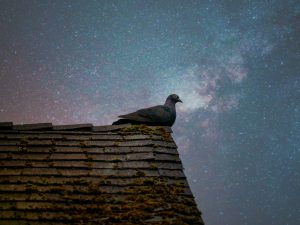Capturing Timeless Moments in Monochrome
A few years ago, I started a Panasonic Lumix GX85 photography group. Back then, I was the only member. Today, the group has grown to more than 3,000 members around the world. It’s one of my favorite communities to visit, mostly because of the amazing photography shared by its members. One photographer whose photos consistently stand out is Dirk Nusink.
Dirk shoots many different types of photography, including color, but I’ve always been drawn to his black and white work. His photos have a calm, timeless quality. Even in his street scenes, there’s a quiet honesty to the way he captures life. His photos aren’t trying to be beautiful—they just are. They reveal the natural beauty in the world with tones that feel dreamlike. You can find Dirk’s full photo gallery on Flickr.
After admiring his photography for a long time, I reached out to Dirk for an interview to learn more about his work. I was surprised to find that he shoots all his images in JPEG, not RAW. It was a good reminder that great photography comes from the eye behind the camera, not just the gear or settings. I’m grateful for his time and for being part of OpenFilmmaker’s Photographer Spotlight series. This is the second interview I’ve done in the series. You can find all of them under “Spotlight” in the site menu.

© Dirk Nusink
About Dirk Nusink
Hi, I’m Dirk from Holland, and I live near Rotterdam. I come from a very creative family – my father and oldest sister were both sculptors, and my other siblings are creative in their own ways too. I studied at the Rotterdam Graphic Lyceum and worked in the graphic industry. As a youngster, I quickly became interested in the magic of photography. At home, we had many art books, modern, classic, and ancient… mostly filled with black and white photographs that fascinated me.
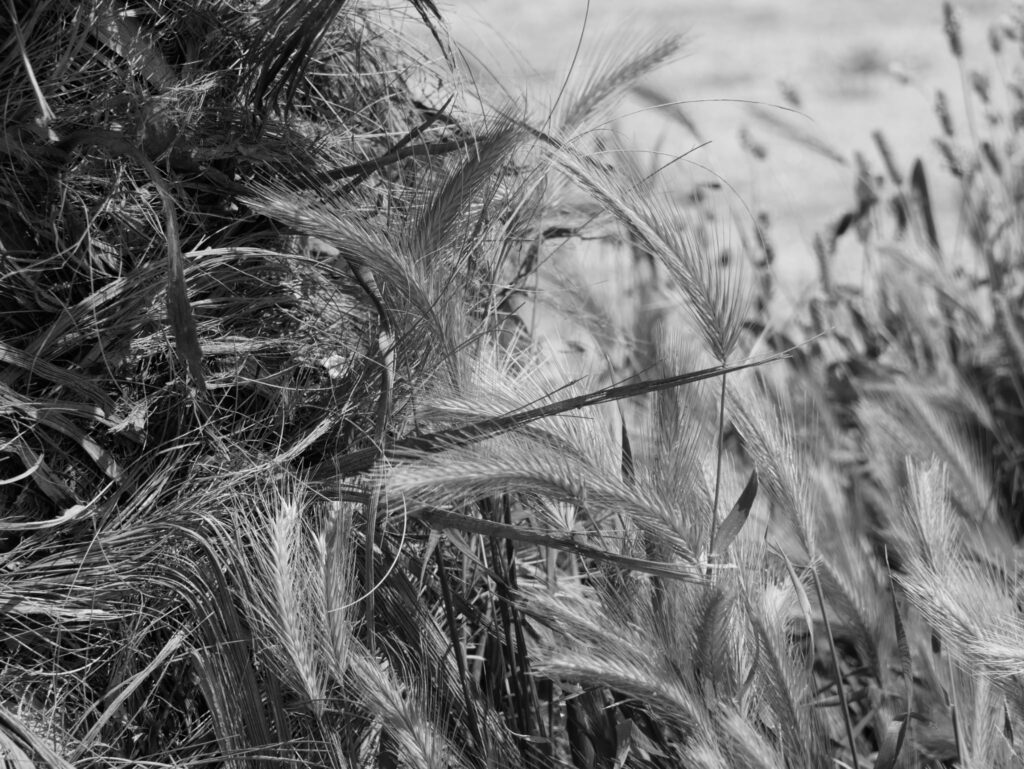
© Dirk Nusink
Q & A
Your work has a strong cinematic and nostalgic atmosphere. What draws you to black-and-white photography, and what does it allow you to express that color doesn’t?
My coworkers introduced me to different film cameras, like the Rolleicord, and one of my first cameras was a simple Russian Lubitel 6×6 twin-lens reflex. At work, we had darkrooms for developing and enlarging film, and sometimes I was allowed to use them for my own photos. Black and white photography gives me much more enjoyment than color — it doesn’t distract you from the subject, and it gives the picture a timeless character.
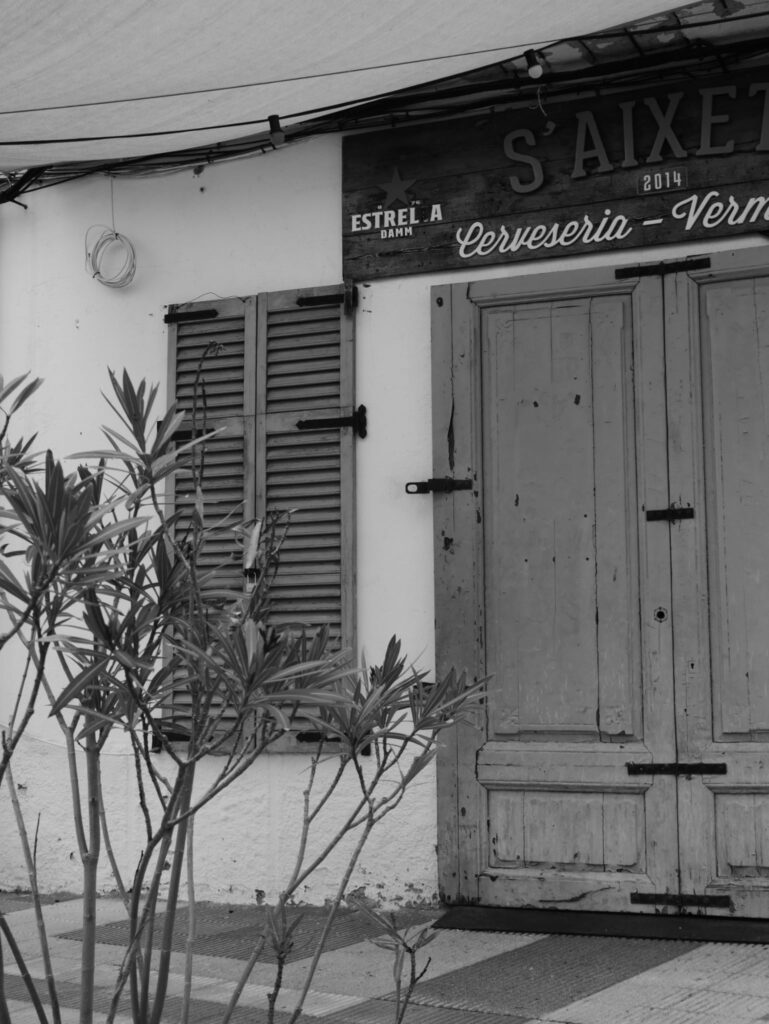
© Dirk Nusink
You shoot primarily with the Lumix GX80. What do you enjoy most about using this camera, and what makes it a good match for your creative style?
For many years, photography faded into the background because of my work and my career as a musician. I still took photos on holidays or at festivals, but only casually. A few years ago, after thorough research, I bought the Lumix GX80 — and it was a relief after using early, cheap digital cameras. The GX80 produces crystal-clear, sharp images, and its menu is intuitive and well-designed. As a former SLR user, I appreciate how the Micro Four Thirds system allows easy lens changes.
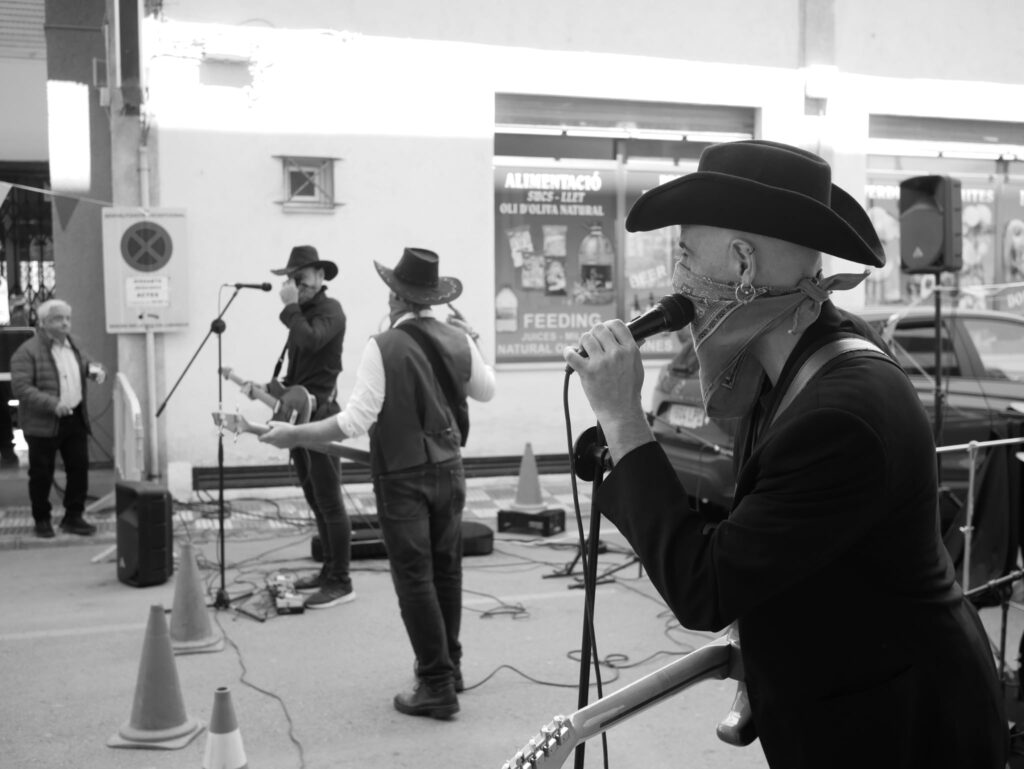
© Dirk Nusink
Many of your images feel like stills from an old movie — full of story and texture. Do you consciously build narratives into your photos, or do they emerge naturally as you shoot?
I’ve always loved old architecture, so I often visit historic places. But I also enjoy exploring industrial sites, harbors, and train yards. Landscapes and nature inspire me too — I have great respect for them. I also watch a lot of old black-and-white films, especially Nouvelle Vague cinema, which influences how I see composition and mood.
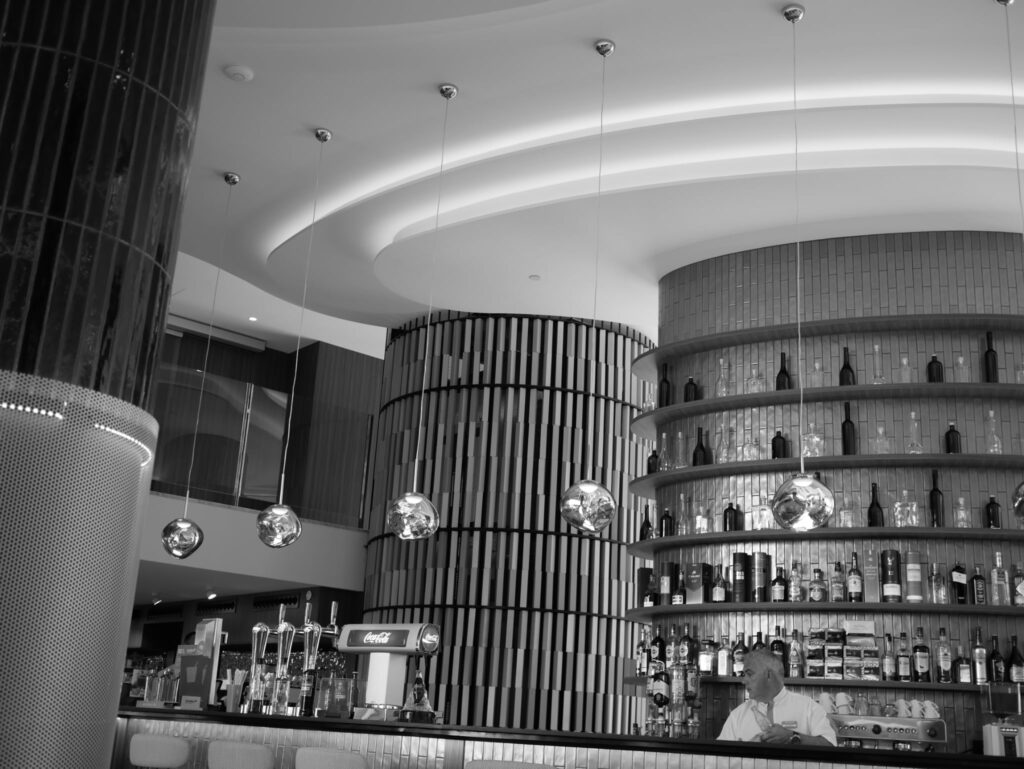
© Dirk Nusink
Your post-processing gives your images a timeless, film-like feel. What’s your typical editing process, and how do tools like Snapseed fit into your workflow?
Post-processing can enhance your images, but it’s not essential. Composition is what matters most — a weak photo won’t become strong through editing. I mainly use Snapseed to straighten horizons, adjust color temperature, or fine-tune framing. On my old iMac, I sometimes use Photoscape X as well.
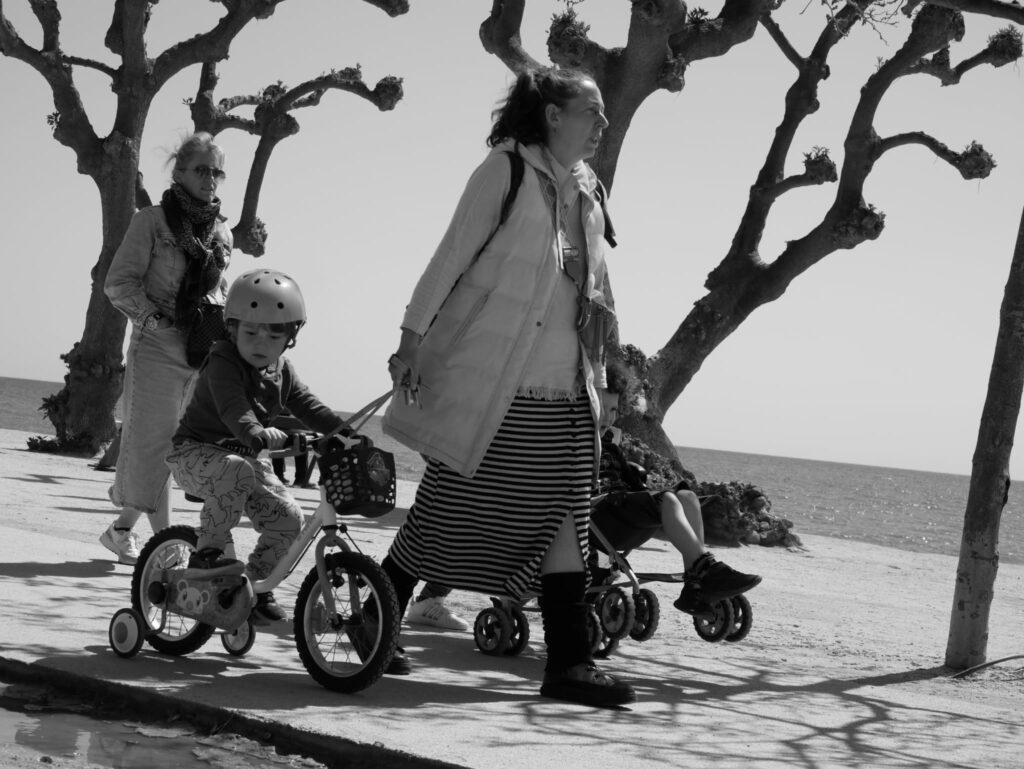
© Dirk Nusink
You often capture urban scenes and people. How do you approach street photography and subject selection?
Street photography is a wonderful subject, but I’m careful when photographing people, especially in urban areas where reactions can be unpredictable. It’s a pity, because photography should be about observing humanity. I tend to look for unusual objects, interesting lines, structures, or moments of movement — things that make you stop and look twice.

© Dirk Nusink
Your black-and-white tones range from soft and dreamy to high-contrast and gritty. How do you decide on the mood or tonal direction for each photo?
It depends entirely on the subject. Some scenes need contrast and grit; others feel better with softness and calm. It’s really about observing — seeing what the image asks for.
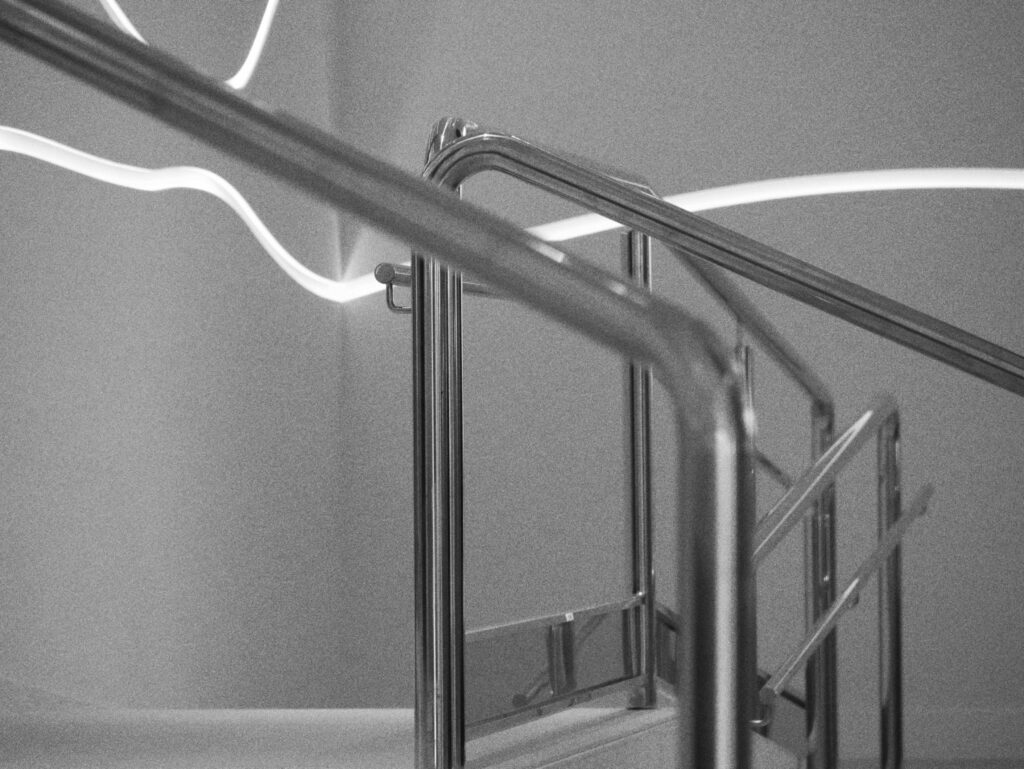
You’ve experimented with 1:1 aspect ratios and soft filters. How do framing and composition influence the emotion of your photos?
Framing is essential — it defines how the viewer feels about the scene. The 1:1 format was common with early 6×6 cameras and Polaroids, so it naturally gives a nostalgic mood. Softness and grain can also create that historic feeling. For landscapes, I like 16:9, while 4:3 works beautifully for general photography.

© Dirk Nusink
You often photograph around Rotterdam and other European cities. How does location influence your photography?
Although I’m not very fond of Rotterdam itself, it offers endless subjects — harbors, bridges, trains, ships, skyscrapers, and the petrochemical industry. During World War II, Rotterdam was heavily bombed, so much of it is modern. Older cities like Lille appeal to me more because of their preserved historical architecture.

© Dirk Nusink
What advice would you give photographers who want to develop a more cinematic or emotional approach to their work?
Rule number one: learn your camera. It’s easy to take nice pictures with good gear, but I’ve learned the most from using older, lower-megapixel CCD cameras and embracing their limitations. Be creative with your settings — experiment with ISO, white balance, aspect ratios, and lenses. And most importantly, enjoy the process.
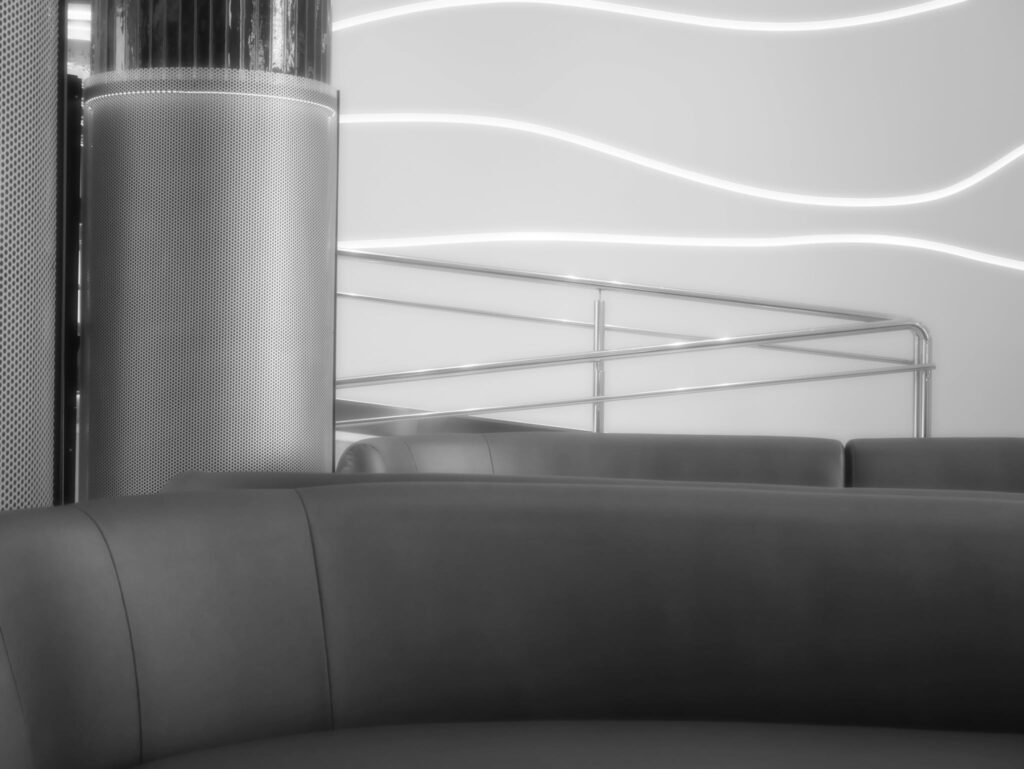
© Dirk Nusink
Dirk proves that it’s not the newest gear but the way you see that defines great photography. The Lumix GX80, compact yet capable, becomes an extension of his vision — agile, unobtrusive, and precise. Whether he’s framing the geometry of a modern café or the softness of sea light, his work celebrates what the Micro Four Thirds system was meant for: freedom, portability, and pure storytelling.
OpenFilmmaker would like to say a heartfelt thank you to Dirk Nusink for his collaboration.



